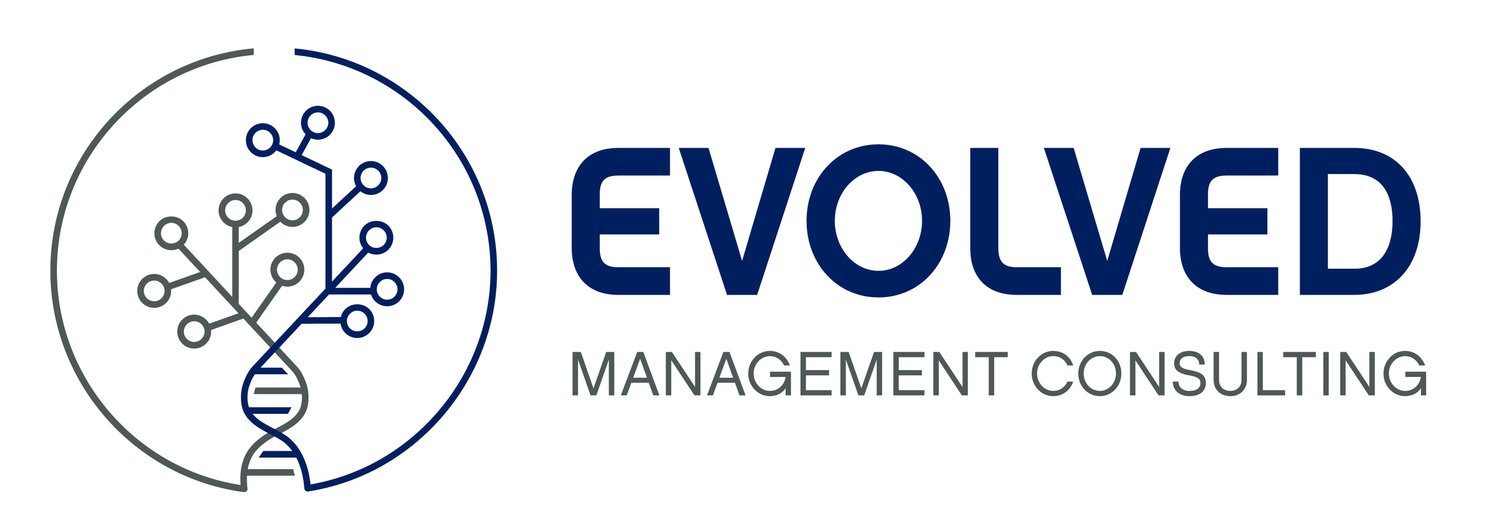Windows 7 support is ending, what are you doing about it?
January 14, 2020 is the last day of support for Windows 7 from Microsoft. It’s almost a year away, so why is that important? Well, upgrading a large environment of laptops and workstations isn’t exactly easy and as an MSP you’ll want to start thinking about your strategy in dealing with this change early.
Microsoft has your back
One of the first steps should be socializing this event with clients. Let them know about this deadline and its implications. In this case, Microsoft is helping you with creating awareness. KB4493132, a recent patch to Windows 7 release will create a notification window on Windows 7 machines letting them know about the end of support. These notices will start to appear mid-April, so be prepared for client questions about these pop-ups.
Help clients plan for change
It’s your responsibility as a technology partner to make sure the clients are aware of what this loss of support will mean. It means that Windows 7 will no longer receive security updates after January 14, 2020. This is a big deal for two reasons. On average 40% of deployed workstations are still running Windows 7. Given that security updates play a critical roll in protecting your client environments from cyber attacks, it’s important to have a plan to upgrade all Window 7 machines soon.
Budget
After you’ve created awareness about the need for this change you need to discuss budgeting with your clients. If you’re not doing budgeting as a part of your Technology Business Review (TBR) meetings, this is a great opportunity to start. Schedule meetings with your client to chat about their assets, how many Windows 7 machines they have, a high-level budget to replace the hardware, and a project to do the work. Clients often don’t have tens of thousands of dollars laying around for these types of events, unless you’ve been doing active budget planning with them already. This is why talking to them early about the need for this upgrade in the future is important. Work with them and allow them to budget for the coming project. They will appreciate your proactive involvement and you’ll appreciate their willingness to move forward with the project in a predictable and coordinated approach. The additional project revenue doesn’t hurt either right?
Hardware Scoping
The hardware and resource requirements are not dramatically different, for Windows 10, but you should consider all machines that are off warranty (older than 3-4 years), as ideal candidates for an upgrade. Do a hardware asset inventory, determine the warranty status of all the desktops and laptops.
If you haven’t felt the pinch already there is a CPU shortage in the industry right now, so be cautious as you are scoping hardware. Considering AMD CPUs or using pre-built SKUs from the distributor to ensure the units you quote/scope are going to be available.
Software Scoping
You may have clients that run a custom line of business (LOB) software package. This stuff is notorious for causing upgrade issues. In fact, you probably have a handful of XP machines still deployed at a couple of client sites for this same reason. ;)
As a part of the client planning take the opportunity to discuss these software packages, ensure they are supported on Windows 10 and look for modern replacements if it’s practical to do so.
Next Steps
Collect a client asset inventory.
Determine where there are high numbers of Windows 7 assets deployed.
Call the business decision makers at those clients. Ask for 30 minutes of their time to discuss their IT hardware strategy.
Follow up with an email suggesting 3 times to meet.
Book the meeting and deliver a compelling proposal for them to approve budget for the upgrade project in next 6 months.
Get out there and get those upgrades moving!









